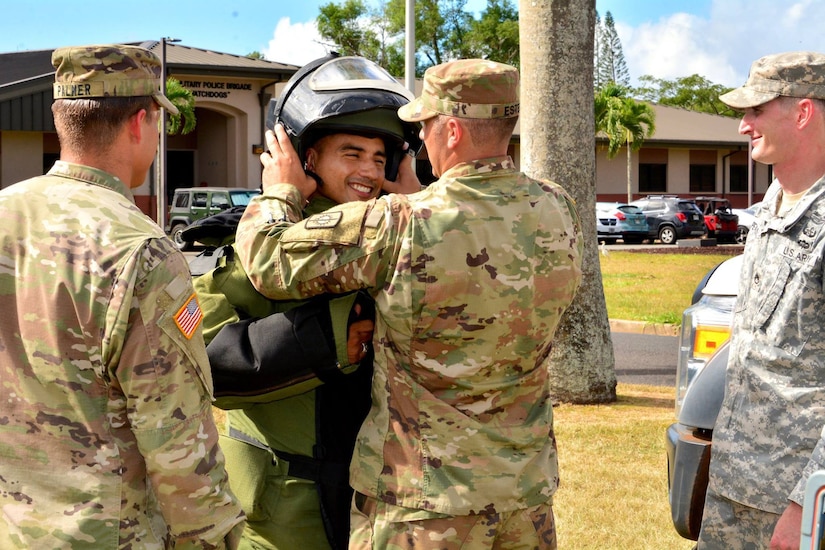By Jim Garamone, DoD News, Defense Media Activity
WASHINGTON -- The chairman of the Joint Chiefs of Staff
assured senators yesterday that the U.S. military retains a competitive
advantage over any potential adversary.
Marine Corps Gen. Joe Dunford told the Senate Appropriations
Committee’s defense subcommittee that the military “can deter a nuclear attack,
defend the homeland, meet our alliance commitments, and prevail in any
conflict.”
But that is not a guarantee for the future, he said. “As we
have previously discussed, after years of sustained operational commitments,
budgetary instability, and advances by our adversaries, our competitive
advantage has eroded, and our readiness has degraded,” he said.
The fiscal year 2019 defense budget request is a
strategy-driven document that supports rebuilding a lethal and ready force that
the nation needs, the chairman told the senators.
National Defense Strategy
“The secretary has addressed our defense strategy that
recognizes Russia and China as the priority, while also meeting the immediate
challenges posed by rogue regimes and violent extremist organizations,” the
chairman said. “China and Russia continue to invest across the full range of
nuclear, cyber, space and conventional capabilities. Both states are focused on
limiting our ability to project power and undermining the credibility of our
alliances. They are also increasingly adept at advancing their interests through
coercive competitive activity below the threshold of armed conflict.”
North Korea has been on a relentless pursuit of nuclear
missile technology, and North Korean leader Kim Jong Un has clearly said these
capabilities are designed to threaten the United States and its allies.
“Iran continues to spread malign influence and create
instability across the Middle East,” Dunford said. “And while we have made a
great deal of progress, … we are still grappling with the challenges of violent
extremism, including [the Islamic State of Iraq and Syria], al-Qaida and
associated movements.”
Building on Readiness Recovery
Defending the homeland and allies and advancing U.S.
interests in the context of these and other challenges requires America to
maintain a balanced force of ready, lethal and flexible forces that are
relevant across the range of military operations, Dunford said.
“Fortunately, with your support, we’ve begun to arrest the
erosion of our competitive advantage, and we’re on a path towards developing a
force that the nation needs,” the chairman said. “This year’s budget again
builds on the readiness recovery that we started in fiscal year ’17, and
accelerates our efforts to develop the capabilities we need for both today and
tomorrow.”
This will put the U.S. military on the path toward restoring
the competitive advantage and keeping it in place in the future. Ensuring U.S.
service members are never in a fair fight with an adversary, requires
sustained, sufficient and predictable funding, the general said. “The funding
in this budget is sufficient, and I look forward to working with the Congress
to make sure that it’s sustained and predictable in the future,” he said.







